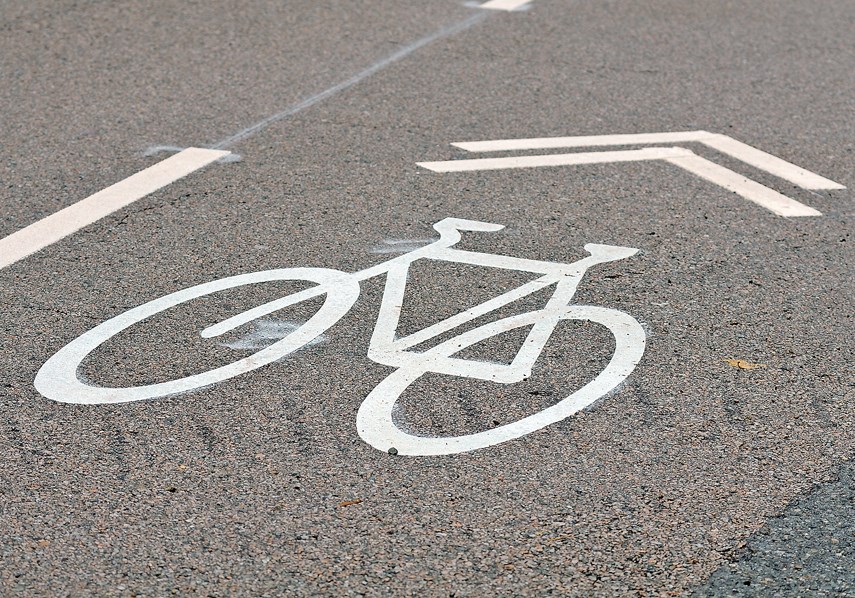The divide between drivers and cyclists isn’t getting any better, judging by a recent Angus Reid poll.
Apparently, 56 per cent of those surveyed say there’s a conflict between cyclists and drivers, with 65 per cent saying the problem lies with cyclists.
It doesn’t have to be this way.
While we applaud the efforts by groups such as HUB Burnaby to encourage people to learn to ride safely and to stay out of busy thoroughfares and to stick to bike lanes, the fact is most of our local roads are not built to accommodate both cars and cyclists, and infrastructure to accommodate cyclists is still rudimentary at best.
The problems are many and would take a boat load of money to fix. Sadly, there’s a lot of talk, and some personal efforts by bike-riding politicians, but too little is being done to make biking a regular lifestyle.
Geography doesn’t help. Bridges, overpasses, hills and other impediments make incorporating bikes into daily life – and not just for recreation – a difficult challenge.
Here are just a few of the problems: major thoroughfares without protected bike lanes; bike lanes that disappear when a road suddenly narrows; poor signage at intersections to show how cars and bikes should interact (which can be fixed with better signage); lack of understanding about rules of the road; and cars parked on shoulders that leave little room for cyclists.
Our get-everywhere-as-fast-as-possible attitude is part of the problem, too.
Who will admit to a little bit of frustration when being held up by a cyclist pedalling as fast as possible up a hill or along a straightaway? The cyclist has nowhere to go, the driver has nowhere to go but to pass the cyclist, often dangerously.
The irony is that people are just as irate about bike lanes as they are about cyclists on the road, crying out “unfair” because the road has to be narrowed or parking reduced to make way for them.
But we argue that unless the suburbs are made more bike- and pedestrian-friendly, the car will forever rule and cycling to shopping and work will be a nice idea but only for the few, hardy road warriors.
As we said, it doesn’t have to be this way.



